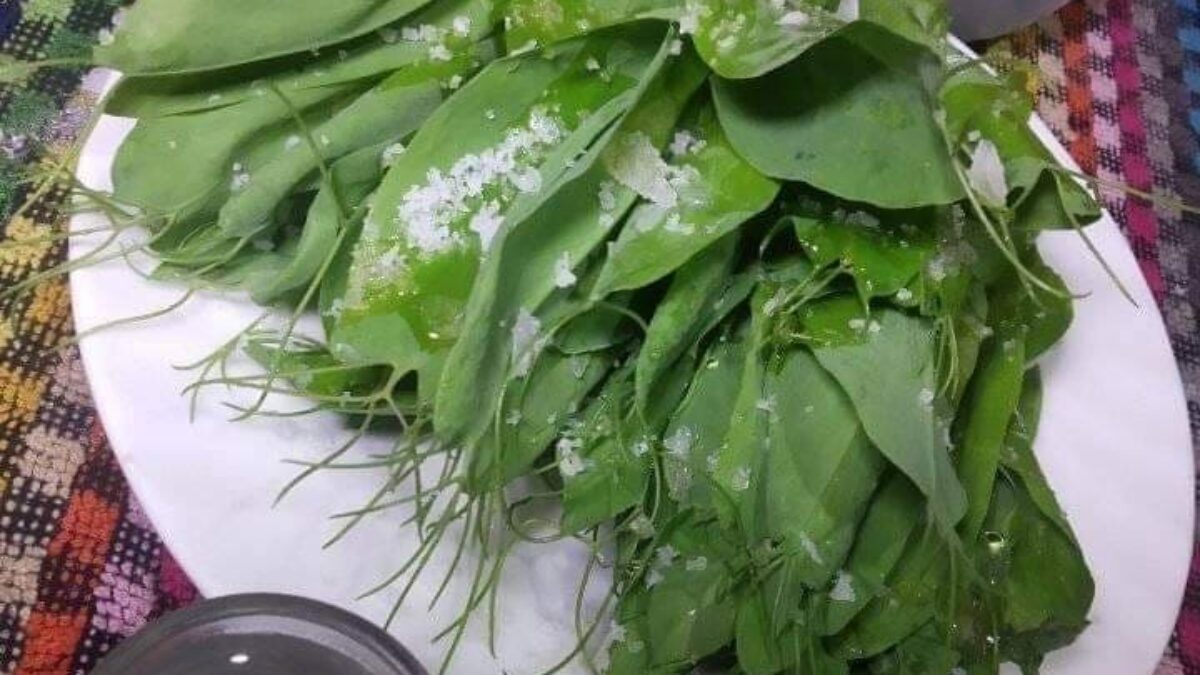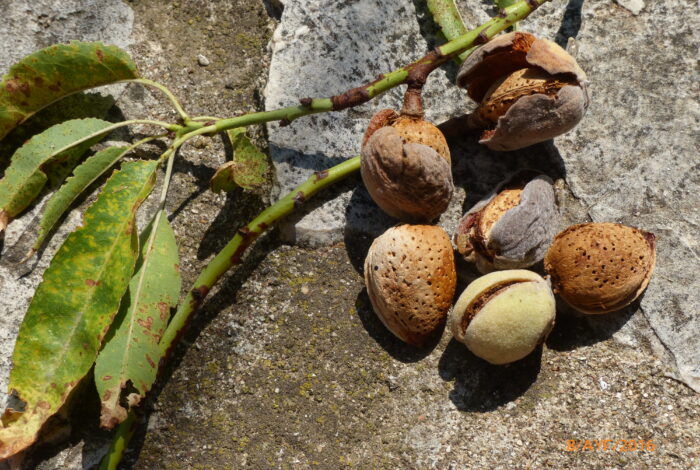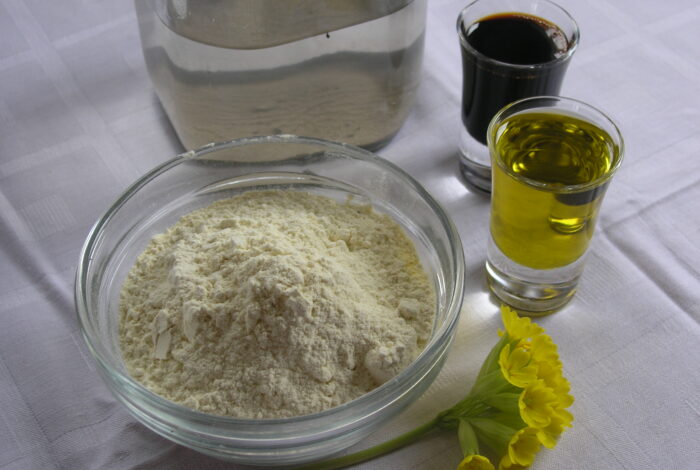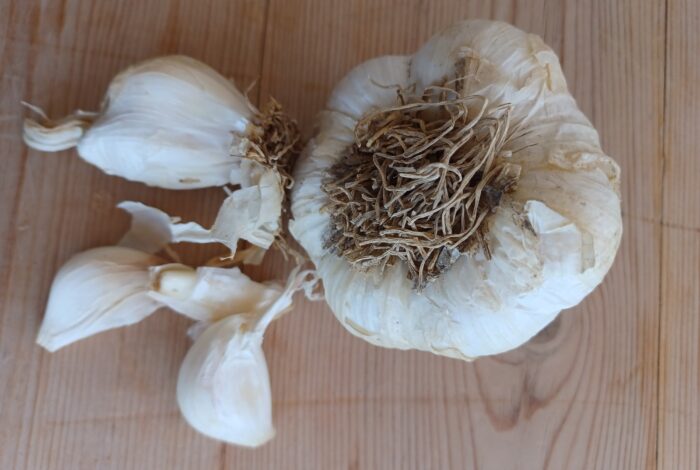Soultana-Maria Valamoti
Legumes, a primary source of protein for prehistoric societies in Greece, as well as for those of historical times, were cultivated in a wide variety of species. This is evident from both the remains of charred legume seeds found in past settlements and the references in ancient Greek texts. During the Late Bronze Age, legumes are absent from the Linear B tablets, probably because the central authority of the Mycenaean palaces was interested only in very specific crops, such as cereals, flax and fruit-bearing trees like fig trees, grapevines and olive trees. Nevertheless, even then, people cultivated various legumes, as shown by charred legume remains found, for example, at Knossos. Perhaps the association found in ancient Greek texts of legumes with the everyday meals of ordinary people can be traced back to the organisation of agricultural production and the economy of the Mycenaean palaces, and to the perceptions of the time regarding what constituted an important agricultural product.
The most common ways legumes were consumed were in the form of soups or thick porridges, as evidenced in ancient texts. More rarely, we find references to grinding pulses to make bread, or roasting the seeds to be eaten as snacks – the tragimata of the ancient Greeks. Sometimes, the seeds were eaten tender and sweet, before ripening, again as accompaniments to wine – tragimata.
A particularly interesting reference to how legumes were consumed comes from Theophrastus, who lived between the 4th and 3rd centuries BC, in his work On the Causes of Plants. In this book, he writes that the tender shoots of ochros, a legume that probably corresponds to today’s afkos of Limnos (Lathyrus ochrus), were eaten as food. Centuries after Theophrastus’ time, this ancient dietary practice is still found on the island of Crete, where this same lathouri, Lathyrus ochrus, is sown in gardens to be eaten as a salad. The tender shoots are served at the table sprinkled with coarse salt and accompanied by a glass of raki. Today, this dish is known as kamplies or papoules. Could it be that the Cretan word kamplies echoes the ancient word kaulos, the term for tender plant shoots? This dish is so beloved in Crete that in the recent past, when cultivation of afkos (Lathyrus ochrus) was widespread on Limnos, the seeds were exported by ship from Limnos to Crete, so that Cretans could sow it and eat lathouri as a salad – a simple, seasonal dish, with a centuries-old tradition and roots in antiquity – if not further back in time.
Image 1. Served lathouri shoots (Lathyrus ochrus)
(Photo by Niki Saridaki, from the book Food Crops in Ancient Greek Cuisine: an archaeobotanical and textual study, Valamoti, Fyntikoglou, Symponis 2022, University Studio Press)










